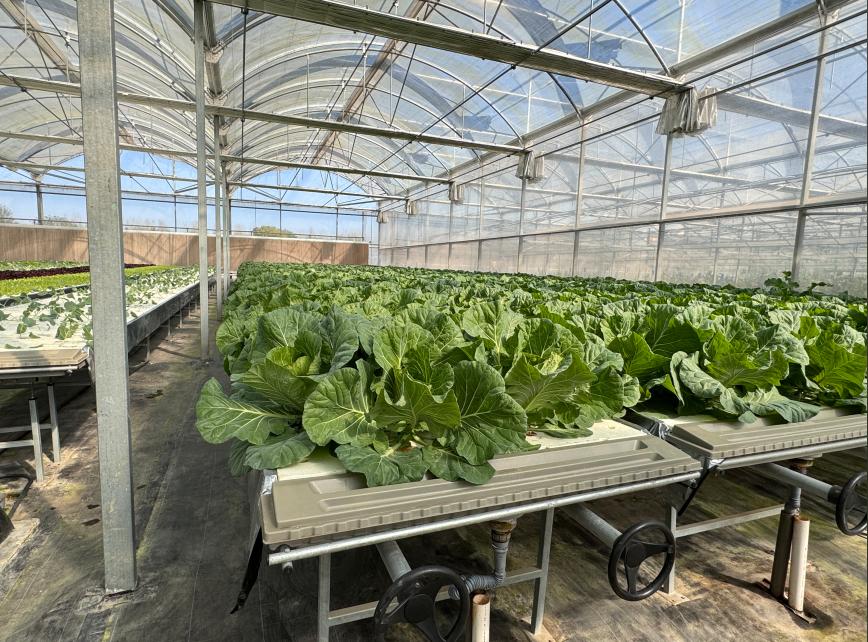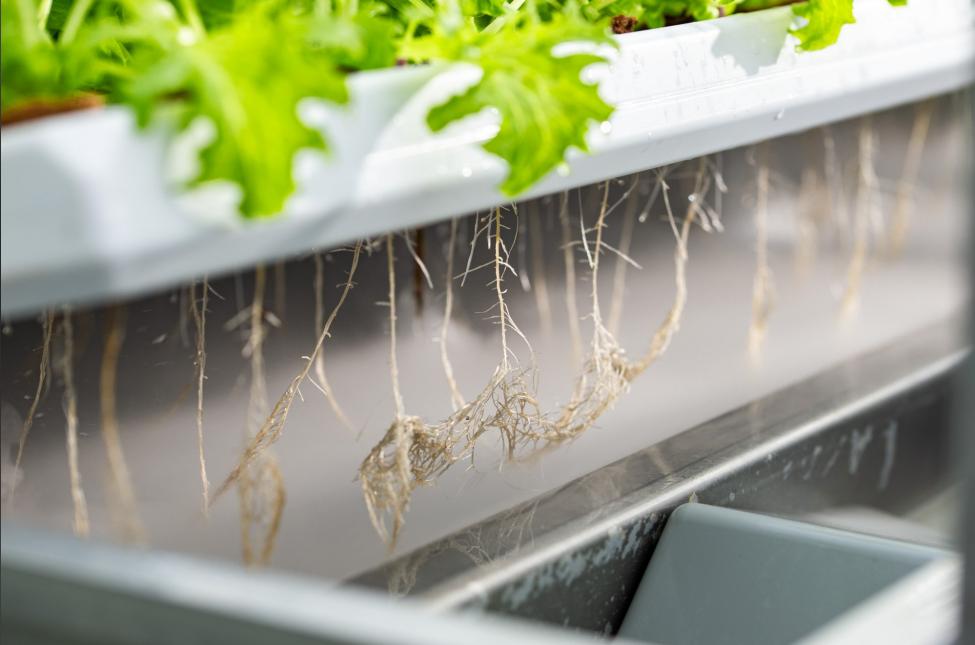As urban populations continue to rise, cities around the world face mounting challenges in food production, supply chain stability, and sustainable land use. Traditional rural farming alone is no longer sufficient to meet the growing demand for fresh, healthy, and locally sourced produce. In this context, glass greenhouses are emerging as a transformative force, enabling high-efficiency crop cultivation within or near urban areas. They play a vital role in reducing food miles, enhancing resilience, and ensuring year-round availability of food.

Why Is Urban Agriculture Becoming So Important?
By 2050, more than 68% of the global population will live in urban areas. Feeding these densely populated cities presents major logistical, environmental, and economic challenges. Transporting food from rural areas or across borders contributes to:
High carbon emissions
Food spoilage and waste
Rising food prices
Greater vulnerability to global supply disruptions
Urban agriculture, especially when practiced in controlled environments like glass greenhouses, offers a localized, efficient solution to these problems.
What Makes Glass Greenhouses Ideal for Cities?
Glass greenhouses provide several distinct advantages for urban farming:
Efficient land use: They can be built on rooftops, brownfields, or underutilized urban plots.
Vertical and intensive production: With multi-layer hydroponic systems, glass greenhouses can produce significantly more crops per square meter than traditional farms.
Year-round growing: With climate control systems, they maintain optimal conditions for crops regardless of outside weather.
Clean and low-pollution cultivation: Urban greenhouses reduce reliance on heavy machinery, chemical pesticides, and long-haul transportation.
They bring the farm closer to the consumer—literally.
How Do Glass Greenhouses Enhance Urban Food Security?
Food security hinges on availability, accessibility, and stability of supply. Glass greenhouses contribute on all fronts:
Availability: They support continuous, high-yield crop cycles, even in winter or extreme weather.
Accessibility: Proximity to consumers means fresher produce at lower transportation costs, making healthy food more affordable.
Stability: By localizing production, cities can better withstand disruptions from pandemics, geopolitical conflicts, or climate events.
For cities vulnerable to long-distance supply chains or limited arable land, glass greenhouses offer a resilient and scalable alternative.
What Crops Can Be Grown in Urban Glass Greenhouses?
While the type of crop depends on local needs and climate, many urban greenhouses focus on:
Leafy greens and herbs (e.g., lettuce, kale, basil)
Tomatoes, cucumbers, and peppers
Strawberries and microgreens
Edible flowers or specialty crops for restaurants
These crops are high in value, fast-growing, and well-suited to controlled-environment agriculture. In some models, urban greenhouses are even paired with aquaponics or mushroom cultivation for diversified production.
How Does Automation Support Urban Greenhouse Operations?
Urban agriculture often faces limited labor availability and high operational costs. This makes automation and smart controls essential in city-based glass greenhouses. Key systems include:
Automated irrigation and fertigation
Climate and lighting control
Remote monitoring via mobile apps
AI-based yield prediction and pest alerts
With these systems in place, urban growers can maximize output while minimizing labor and waste, making urban farming both scalable and profitable.
CFGET’s Role in Urban Agriculture Solutions
CFGET (Chengfei Green Environment Technology Co., Ltd.) is actively contributing to the next generation of urban food systems by providing customized glass greenhouse solutions suited for dense city environments.
With 28+ years of global experience, CFGET has worked with municipal planners, private growers, and agri-tech startups to develop modular, space-efficient greenhouse structures that integrate seamlessly into urban landscapes.
From rooftop installations in Southeast Asia to vertical greenhouse complexes in Europe, CFGET systems combine precision agriculture with smart climate technology to ensure safe, high-quality produce—right in the heart of the city.

How Do Glass Greenhouses Empower Communities?
Beyond production, urban greenhouses also serve as:
Educational hubs for schools and universities
Community gardens that promote food literacy
Job creators in underserved urban neighborhoods
Innovation centers for agri-tech research and development
This multifaceted role enhances social resilience and economic inclusion, helping cities become not just greener—but healthier and more self-reliant.
Conclusion: A New Era of Local Food Systems
As cities search for sustainable, secure, and scalable food solutions, glass greenhouses stand out as a proven model that bridges the gap between agriculture and urban life. They reduce the carbon footprint of food, enhance nutrition access, and create circular systems where waste is minimized, and productivity is maximized.
With visionary partners like CFGET leading the way, the future of food may not come from distant fields—but from glass rooftops just down the street.
These urban glass greenhouses not only grow food—they cultivate resilience. As climate uncertainty increases, bringing food production closer to the consumer becomes a strategic priority, and smart glass greenhouses are at the heart of this transformation.
Post time: Aug-09-2025







 Click to Chat
Click to Chat